Knitting is the second most commonly used method of producing fabric. It consists of employing a continuous yarn or a set of yarns to form loops that intermesh and cross each other, creating a structure called knitting fabric. Loop is the basic element of knitting which is intermeshed with adjacent loops. Knitted fabrics are basically divided into two main groups, warp-knitted and weft knitted fabrics.
Table Of Contents
What is warp knitting?
In warp knitting, loops are made in the horizontal direction, and each loop in knitted fabric structure is made from a different thread, and the number of threads is equal to the number of loops in a horizontal row. In warp knitted fabric, threads run roughly in a vertical direction.
In a warp knitting machine, a simultaneous yarn feeding and loop forming action occur at each needle of the needle bar in the same needle cycle.
Types of warp knitting:
There are four types of warp knitting. They are as follows.
- Tricot knit
- Raschel Knit
- Crochet Knit
- Milanese Knit
What is weft knitting?
Weft knitted fabric structure is very different from the warp-knitted units. In weft knitted structure, loops are made in horizontal direction using the same yarn, and threads run horizontally. In a weft knitting machine, successive yarn feeding and loop formation occur at every needle across the needle bed during the same needle cycle.
Types of weft knitting:
There are basically two types of weft knitting. They are as follows.
- Single jersey structure
- Double jersey structure
Double jersey includes three basic structures. They are as follows.
- Rib Structure
- Purl Structure
- Interlock Structure
Difference between warp knitting and weft knitting:
|
Sl. No. |
Warp Knitting |
Weft Knitting |
|
1 |
The loops are formed along the length of the fabric |
The loops are formed along the width of the fabric |
|
2 |
The threads run in the vertical direction |
The threads run in the horizontal direction |
|
3 |
Each loop is made from a different yarn |
Each loop is made from the same yarn |
|
4 |
Yarn feeding and loop forming action occur simultaneously |
Yarn feeding and loop forming action occur successively |
|
5 |
Every needle requires at least one yarn |
One yarn is enough for any number of needles |
|
6 |
Cone is used to supplying the yarn |
The beam is used to supplying yarns |
|
7 |
Warp knitted structure is elastic to the length |
Weft knitted structure is elastic to the width |
|
8 |
It has less elasticity |
It has higher elasticity |
|
9 |
It has less shrinkage |
It has higher shrinkage |
|
10 |
Warp threads are less likely to unrove |
Weft threads are more likely to unrove |





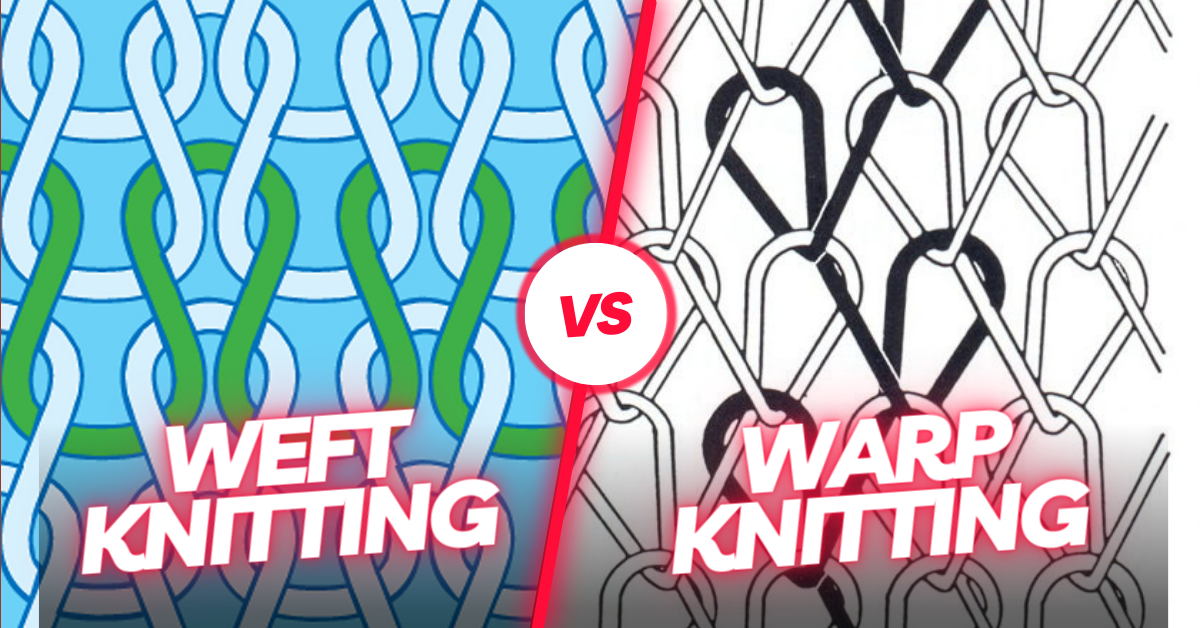


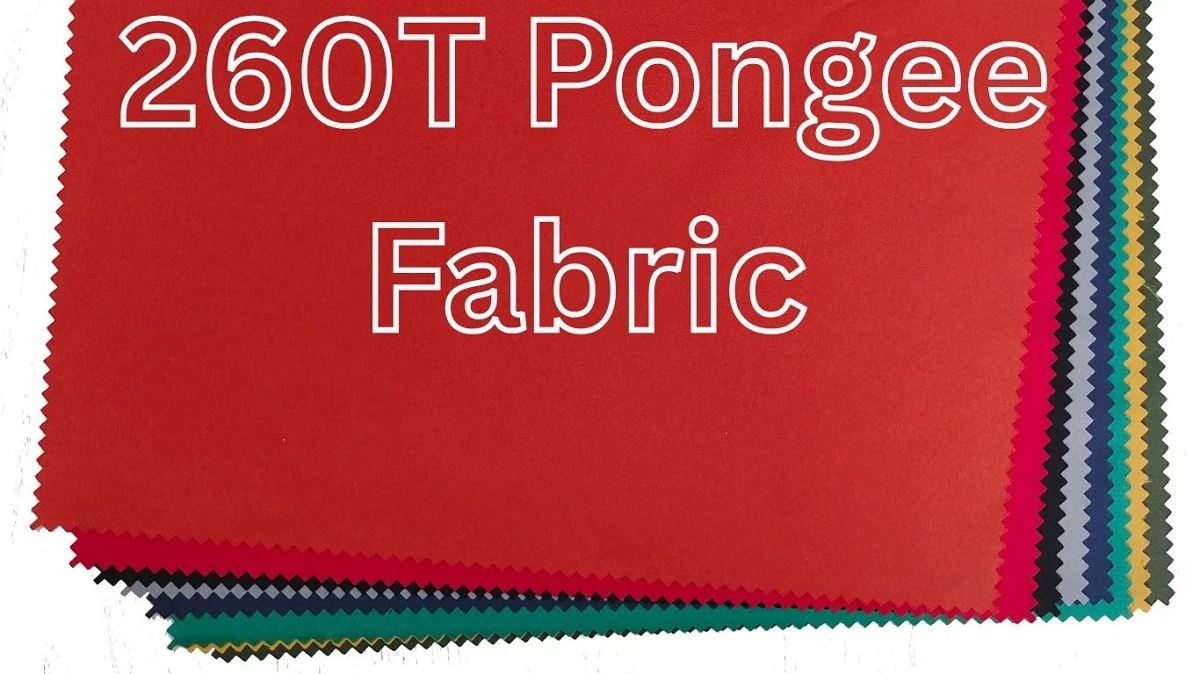
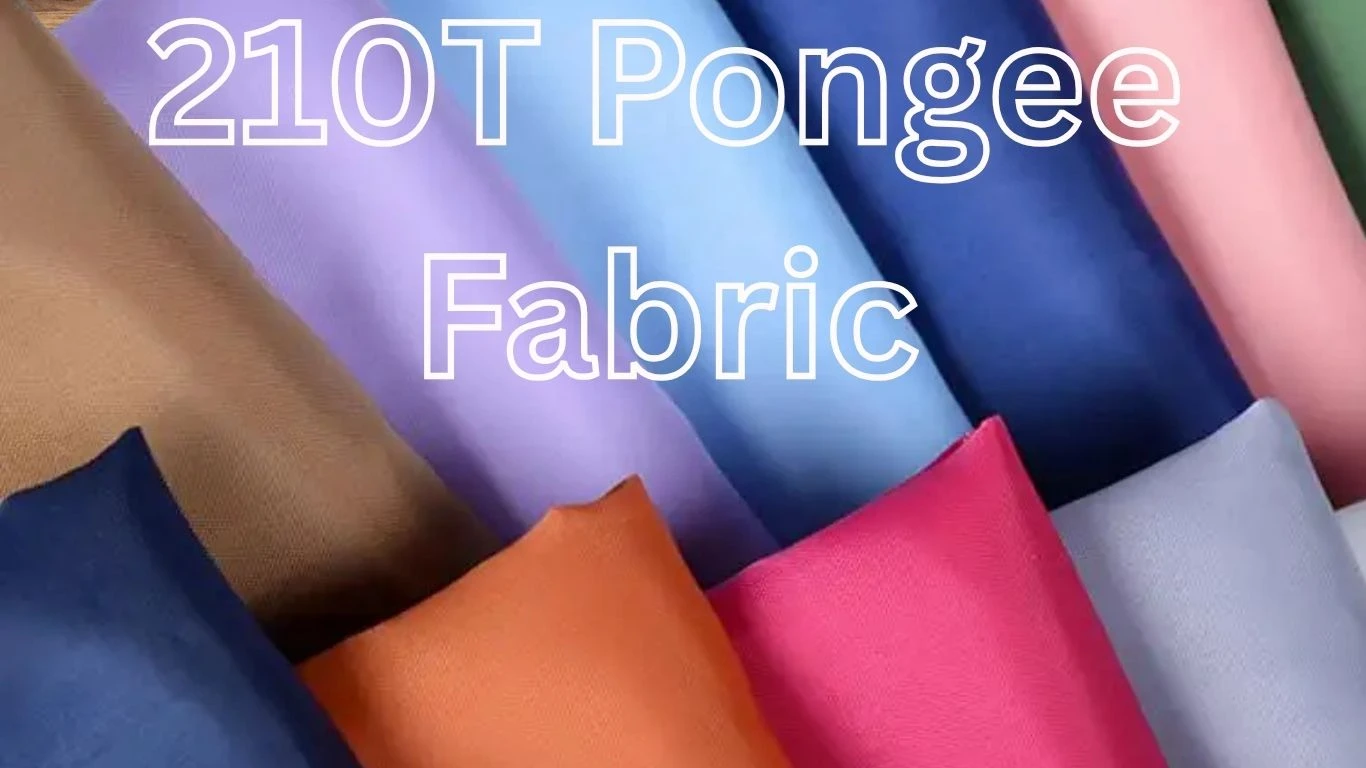
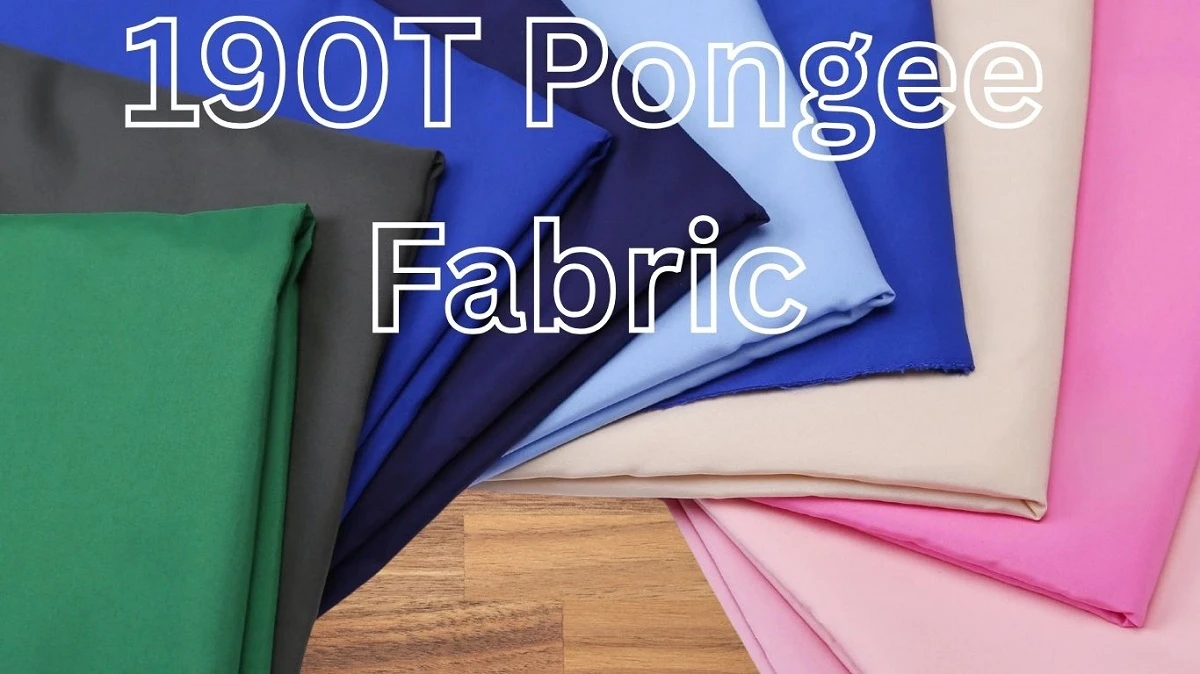
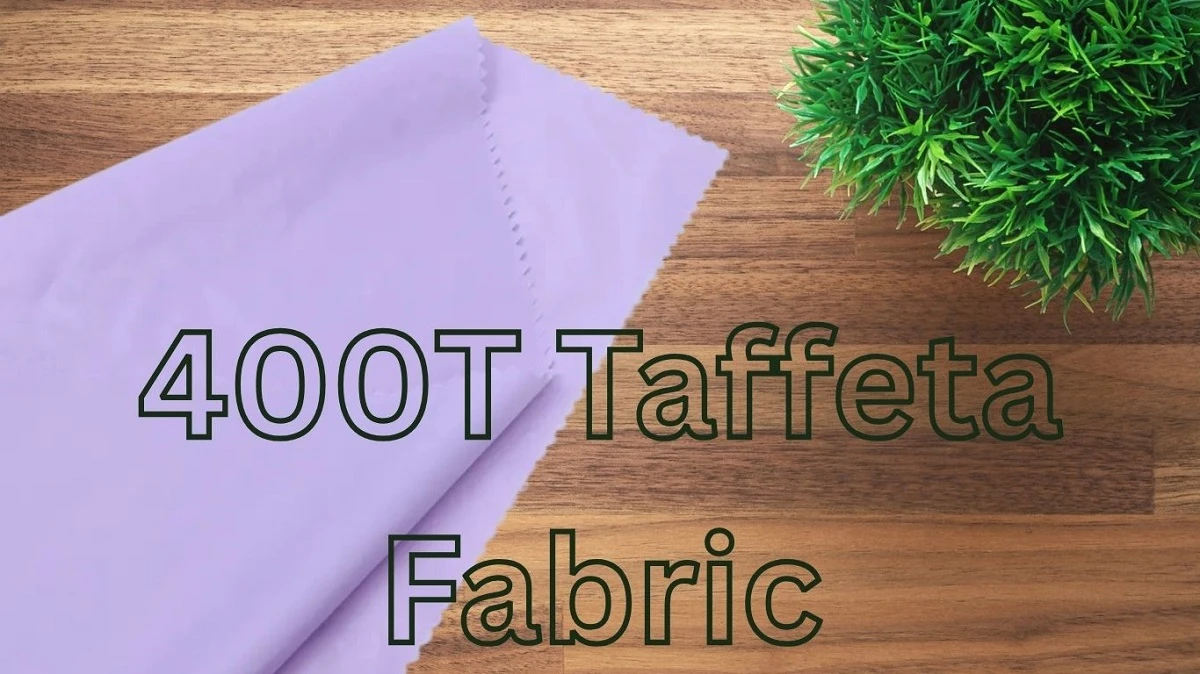
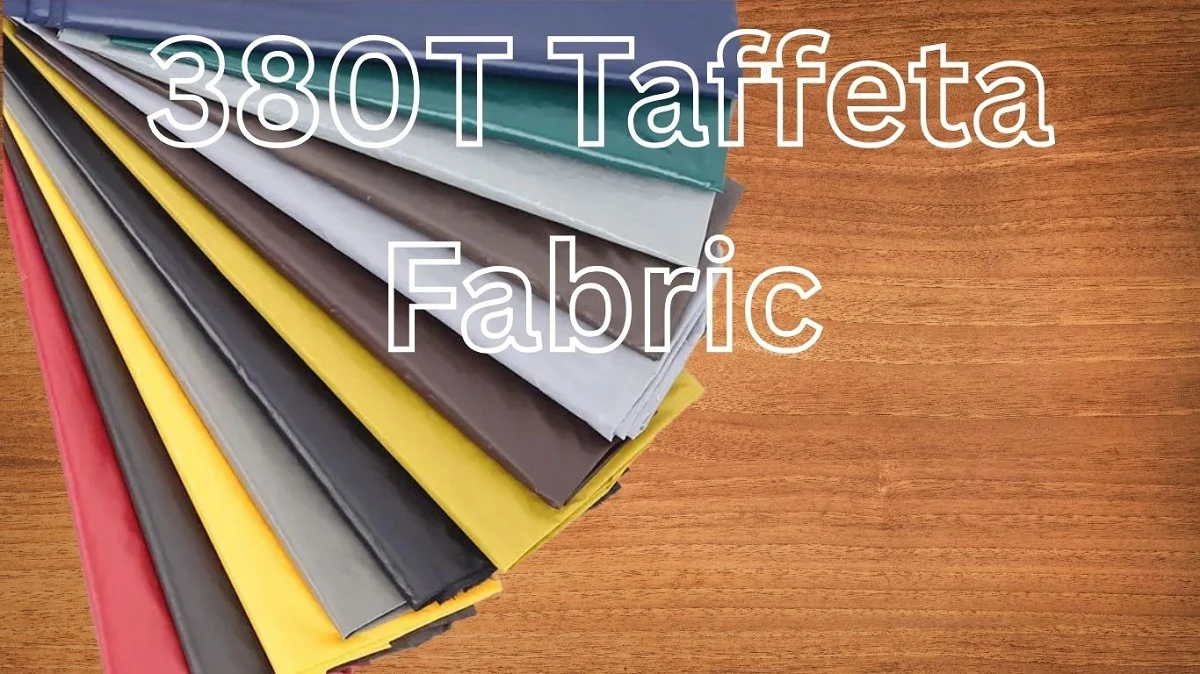
Comments - 00
Leave A Reply
Thanks for choosing to leave a comment.